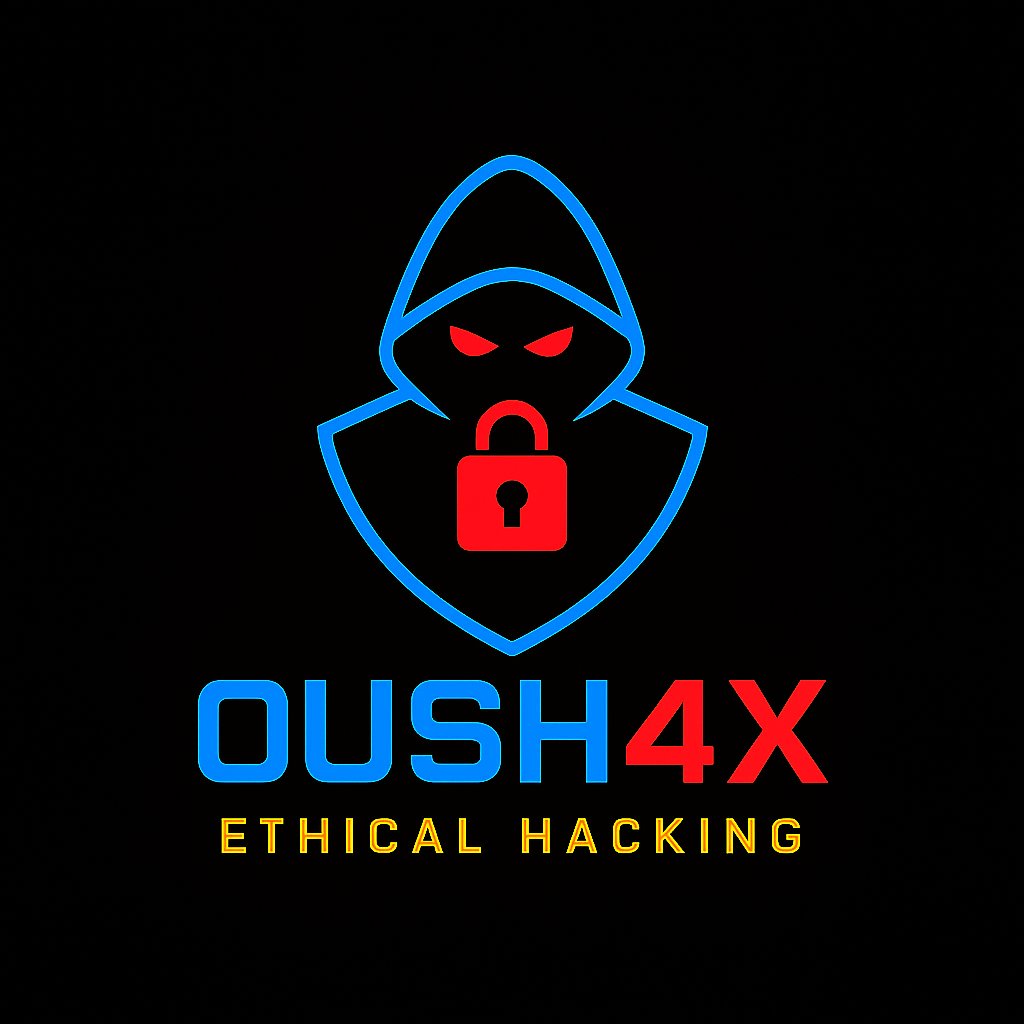Blockchain Beyond Cryptocurrencies: Exploring Its Revolutionary Applications and Security Implications in 2025
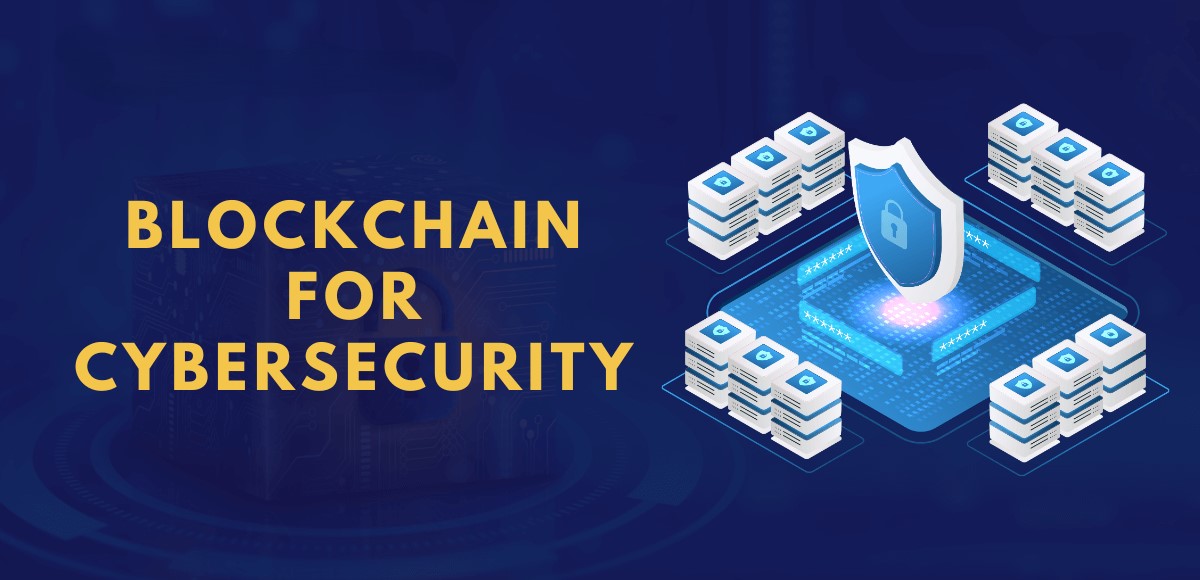
In this article, we'll delve deep into the transformative potential of blockchain technology beyond its widely recognized use in cryptocurrencies. Our journey begins with a foundational understanding of blockchain, followed by its current status in 2025, and explores its diverse applications. As we progress, we will uncover how blockchain is reshaping industries, fortifying cybersecurity, and paving the way for a decentralized future.
Let's start by laying the groundwork and understanding what blockchain is and how it works.
Introduction to Blockchain Technology
Blockchain is a decentralized ledger technology that records data across multiple computers in a secure and transparent manner. Unlike traditional databases, it operates without a central authority, making it highly resilient to tampering and fraud.
At its core, blockchain works by grouping data into blocks, which are then linked together chronologically to form a chain. Each block contains a cryptographic hash of the previous block, timestamped transaction data, and a unique identifier. Once a block is added to the chain, its information becomes immutable.
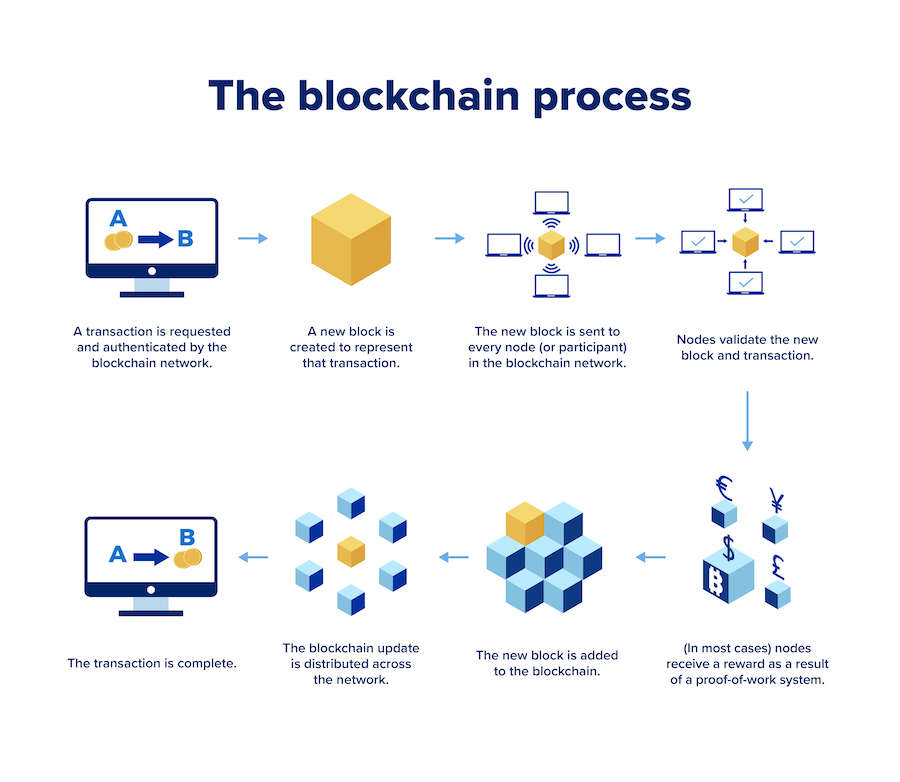
Key characteristics of blockchain include:
- Decentralization: Data is stored across a network of nodes rather than a central server.
- Transparency: Transactions are visible to all participants, promoting trust.
- Security: Advanced cryptography ensures data integrity and prevents unauthorized access.
- Immutability: Once data is recorded, it cannot be altered or deleted.
The origins of blockchain trace back to 2008, when it was introduced as the foundational technology for Bitcoin. Over time, its applications have expanded far beyond cryptocurrencies, driving innovation in diverse sectors like healthcare, supply chain management, and even voting systems.
The Current State of Blockchain in 2025
In 2025, blockchain technology has matured significantly, becoming an integral part of the digital landscape. Industries worldwide are leveraging its capabilities to streamline operations, enhance security, and foster innovation.
Key Developments in 2025:
- Scalability Improvements: Innovations like sharding and layer-2 solutions (e.g., Ethereum's Optimism and ZK-Rollups) have made blockchain more scalable, enabling faster and cheaper transactions.
- Green Blockchain: New consensus mechanisms, such as proof-of-stake (PoS), have drastically reduced blockchain's energy consumption, addressing environmental concerns.
- Increased Adoption: Governments and corporations have embraced blockchain for digital identities, secure data sharing, and transparent record-keeping.
- Integration with Emerging Technologies: Blockchain is now intertwined with AI, IoT, and quantum computing, creating synergies that amplify its potential.
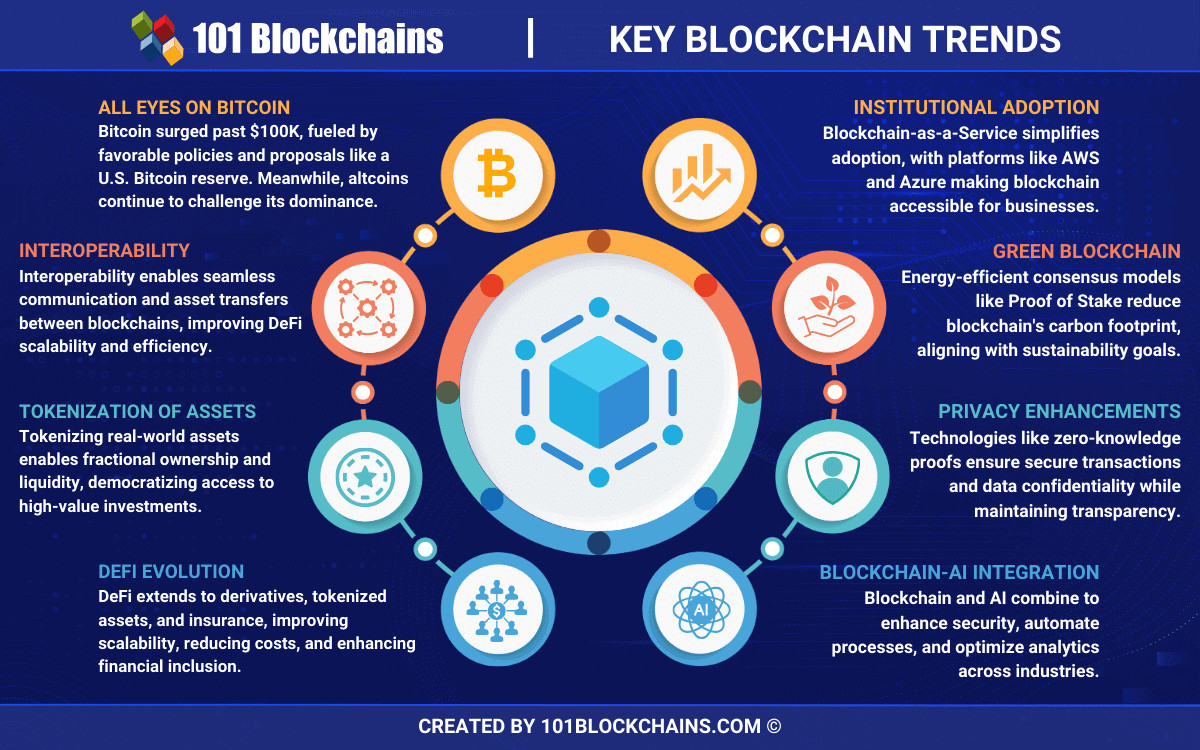
Despite these advancements, challenges like regulatory uncertainty and interoperability between different blockchain networks remain areas of focus. Nevertheless, blockchain's adoption trajectory signals a promising future.
Applications Beyond Cryptocurrencies
Blockchain's utility transcends its original purpose as the backbone of cryptocurrencies. In 2025, it is a cornerstone for innovation across numerous industries.
Smart Contracts
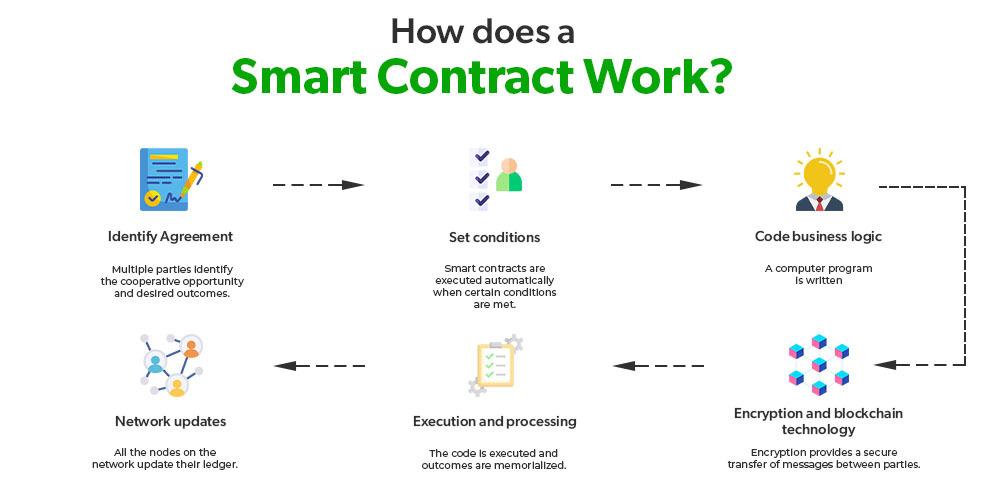
Smart contracts are self-executing contracts with the terms directly written into code. These contracts automatically execute when predefined conditions are met, eliminating the need for intermediaries. For example:
- In real estate, smart contracts can handle property transfers securely and transparently.
- In supply chain management, they can trigger automatic payments upon the delivery of goods.
Supply Chain Management
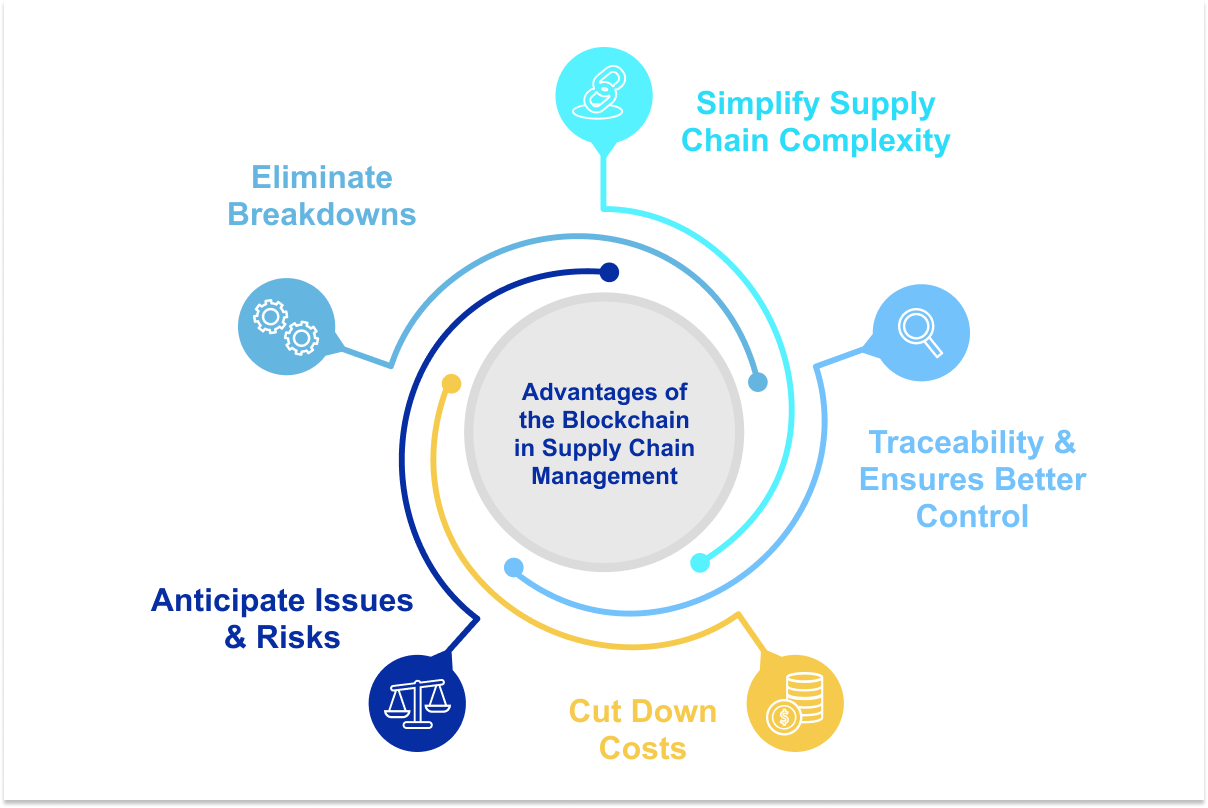
Blockchain enhances supply chain visibility and traceability. Companies use it to track products from origin to consumer, ensuring authenticity and ethical sourcing. For instance:
- Food suppliers can verify the freshness and source of products.
- Fashion brands can prove the sustainability of their materials.
Decentralized Identity
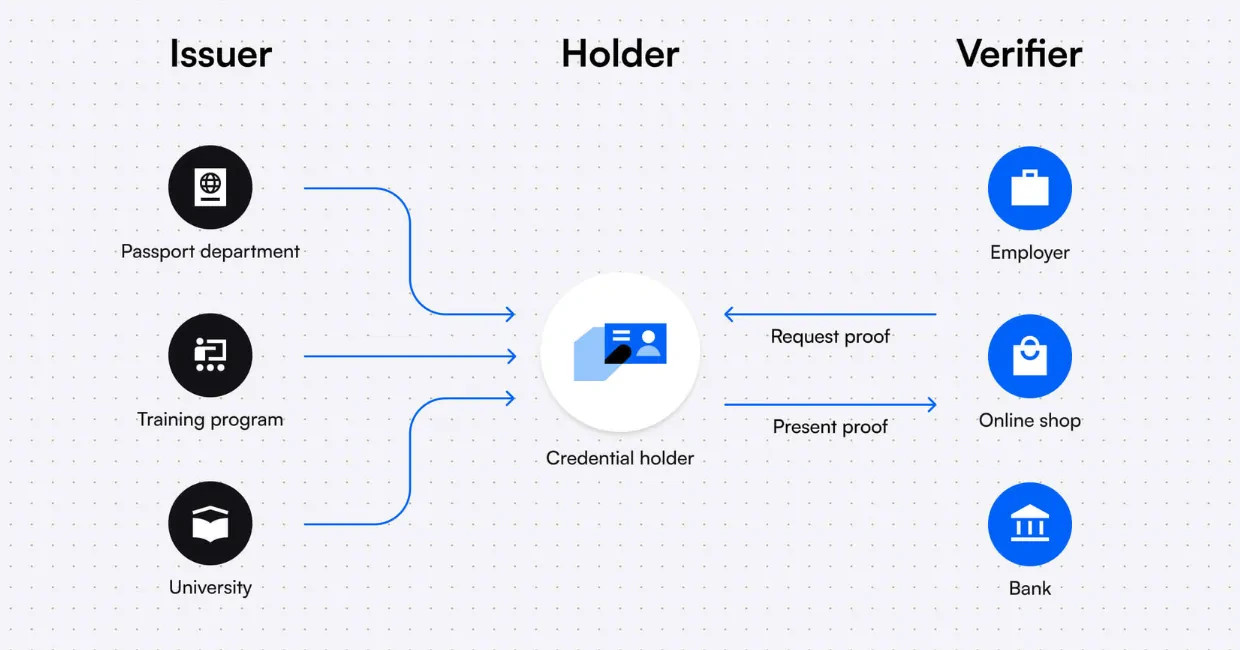
Blockchain-based identity systems empower individuals to control their digital identities without relying on centralized authorities. This approach protects personal data and reduces the risk of identity theft. Use cases include:
- Digital passports for seamless international travel.
- Secure login systems for online platforms.
Voting Systems
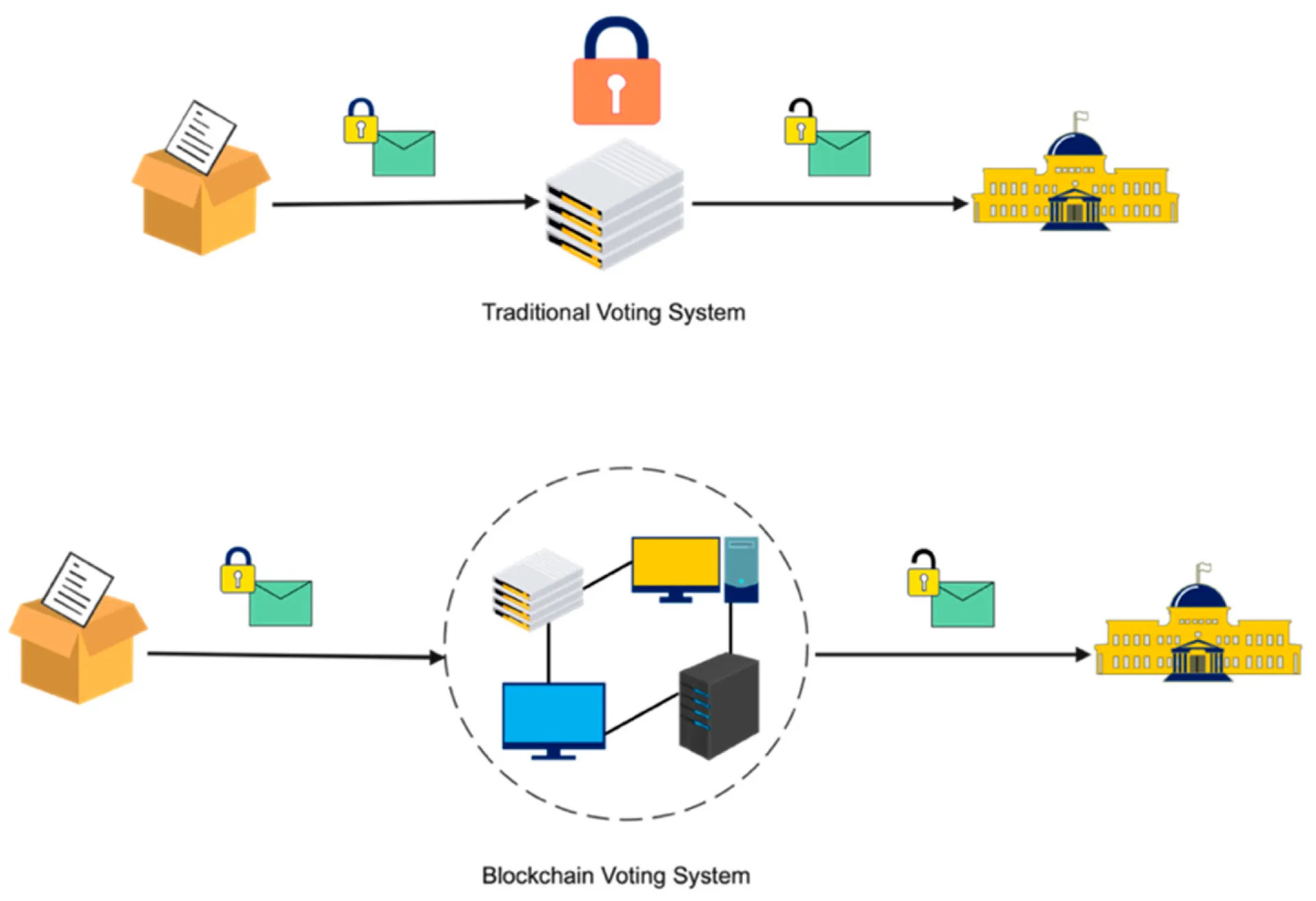
Blockchain technology is revolutionizing elections by ensuring transparency, security, and immutability of votes. Pilot projects have demonstrated its potential to eliminate fraud and enhance voter confidence.
By enabling these diverse applications, blockchain is not just a technology but a catalyst for systemic transformation.
Blockchain and Cybersecurity: A New Paradigm
Blockchain is redefining cybersecurity standards in 2025, providing robust solutions to some of the most persistent challenges in digital security. Its decentralized nature and cryptographic protocols make it inherently secure and resistant to attacks that often plague centralized systems.
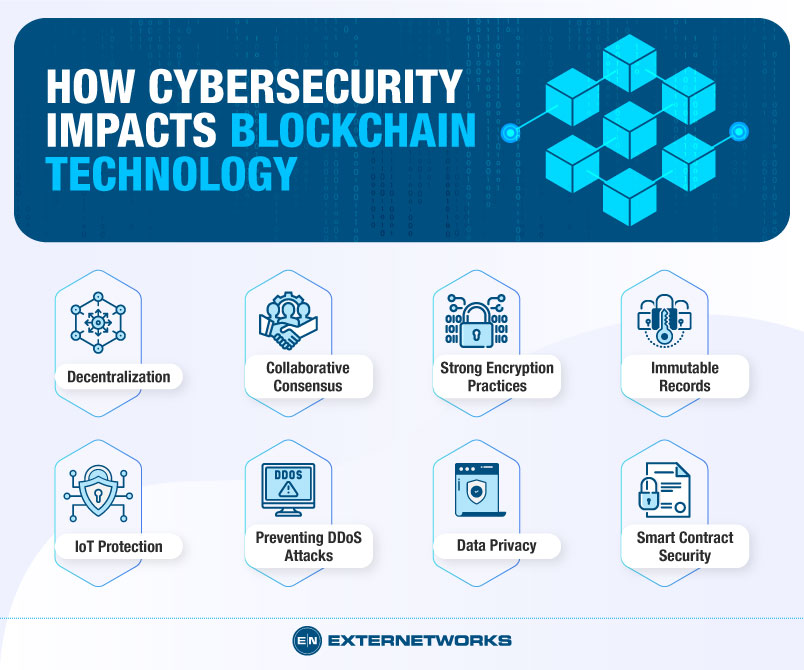
How Blockchain Reinforces Cybersecurity
- Decentralization: Since there's no single point of failure, attacks like Distributed Denial of Service (DDoS) are far less effective.
- Data Integrity: Cryptographic hashing ensures that once data is entered into a blockchain, it cannot be tampered with or altered.
- Authentication and Identity Management: Blockchain enables the use of decentralized identities, reducing reliance on vulnerable username-password systems.
Real-World Applications
- Secure Data Sharing: Healthcare providers use blockchain to share sensitive patient data securely between institutions.
- IoT Security: By using blockchain, IoT devices can communicate securely, reducing the risk of hijacking or unauthorized access.
- Incident Response: Organizations employ blockchain to track and analyze cyberattacks in real-time, providing immutable records for forensic analysis.
Blockchain not only strengthens current cybersecurity frameworks but also offers new tools for tackling emerging threats.
The Most Secure Cryptocurrencies in 2025
As blockchain evolves, so does the ecosystem of cryptocurrencies. In 2025, security remains a top priority for crypto investors and developers. Here's a look at some of the most secure cryptocurrencies of the year:
What Makes a Cryptocurrency Secure?
- Robust Consensus Mechanisms: Protocols like Proof-of-Stake (PoS) and Delegated Proof-of-Stake (DPoS) improve security by reducing energy consumption and ensuring decentralization.
- Privacy Features: Technologies like zero-knowledge proofs enhance user anonymity while maintaining transaction integrity.
- Resilience to Attacks: Cryptocurrencies with large, decentralized networks are better equipped to withstand threats like 51% attacks.
Top Secure Cryptocurrencies

- Bitcoin (BTC): Despite being the oldest cryptocurrency, Bitcoin's network remains one of the most secure due to its immense hash power and decentralized structure.
- Ethereum 2.0: With its transition to Proof-of-Stake, Ethereum has significantly reduced energy consumption and enhanced security features.
- Monero (XMR): Known for its focus on privacy, Monero uses advanced cryptographic techniques to obscure transaction details.
- Cardano (ADA): Built with a strong focus on security and academic research, Cardano employs a highly secure PoS consensus protocol.
By prioritizing transparency, decentralization, and innovation, these cryptocurrencies continue to set benchmarks for security in the blockchain space.
Challenges Facing Blockchain Technology
While blockchain holds immense promise, it is not without its challenges. Addressing these obstacles is critical to realizing its full potential in 2025 and beyond.
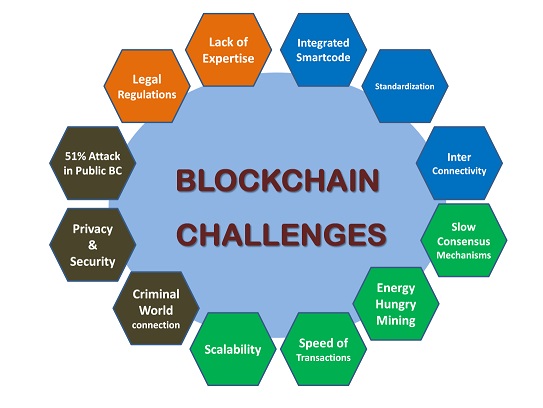
Scalability Issues
As blockchain networks grow, scalability becomes a pressing concern. Solutions like sharding and layer-2 protocols have made progress, but widespread adoption still strains infrastructure.
- Example: High transaction fees and delays during peak usage periods on networks like Ethereum.
Energy Consumption
Although Proof-of-Stake has mitigated some of the energy concerns, blockchains like Bitcoin still rely on energy-intensive Proof-of-Work. Balancing security with environmental sustainability remains a challenge.
Regulatory Uncertainty
Governments worldwide have yet to establish clear and consistent blockchain regulations. This lack of uniformity creates barriers for businesses and developers seeking to adopt the technology.
Interoperability
Many blockchain networks operate in isolation, limiting their ability to interact and share data. Tools like cross-chain bridges are promising but still vulnerable to hacks and exploits.
While these challenges are significant, ongoing innovation and collaboration within the blockchain community signal a future where these barriers are overcome.
The Role of Blockchain in Ethical Hacking
Blockchain is not only transforming industries but also becoming an invaluable tool for ethical hackers and cybersecurity professionals. By leveraging its decentralized and transparent nature, ethical hackers can identify vulnerabilities, enhance security protocols, and protect digital infrastructures.
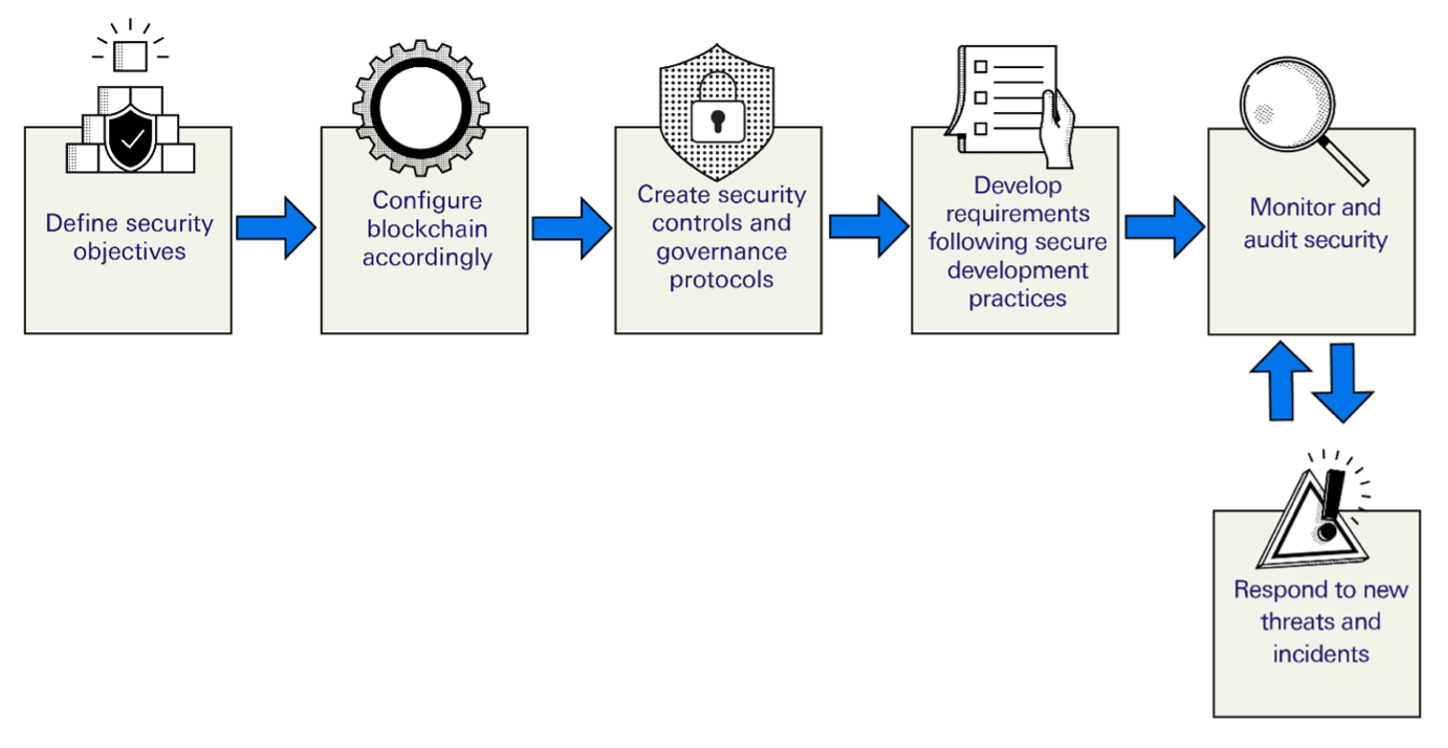
How Ethical Hackers Use Blockchain
- Immutable Logs: Blockchain's tamper-proof records allow ethical hackers to track cyberattacks and analyze vulnerabilities without the risk of data manipulation.
- Decentralized Security Testing: Ethical hackers can collaborate on global blockchain networks to share insights and findings securely.
- Smart Contract Audits: Ethical hackers frequently analyze smart contracts to identify coding flaws that could lead to exploits or fraud.
Blockchain-Powered Security Tools
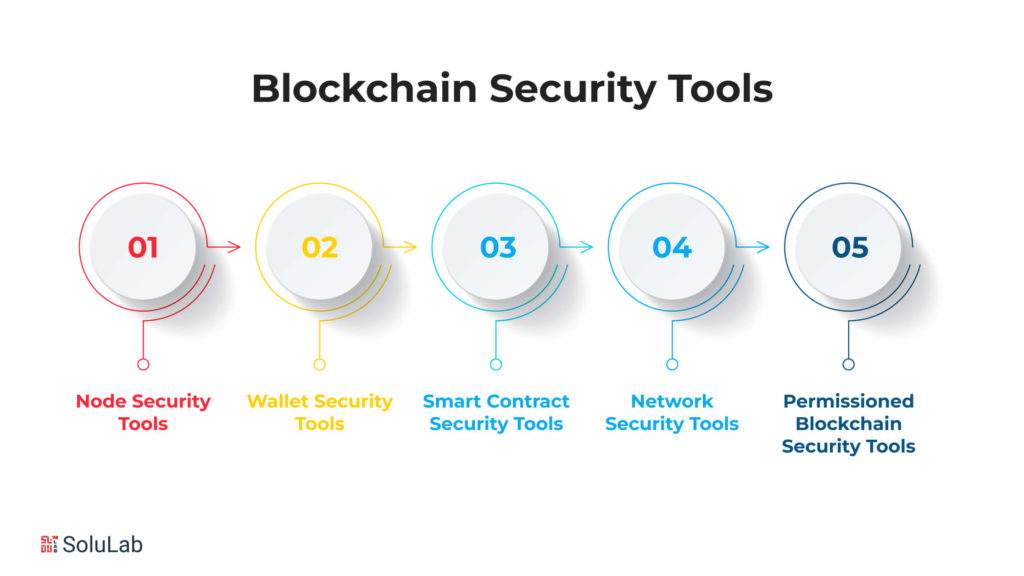
Innovative tools based on blockchain are helping ethical hackers enhance their work, such as decentralized bug bounty platforms and blockchain-based vulnerability scanners. These tools ensure transparency, accountability, and fair compensation for ethical hackers.
Blockchain not only aids ethical hacking but also reinforces the importance of proactive security measures in the digital age.
Blockchain in Decentralized Finance (DeFi)
Decentralized Finance (DeFi) represents one of the most transformative applications of blockchain in 2025, offering financial services without intermediaries like banks.
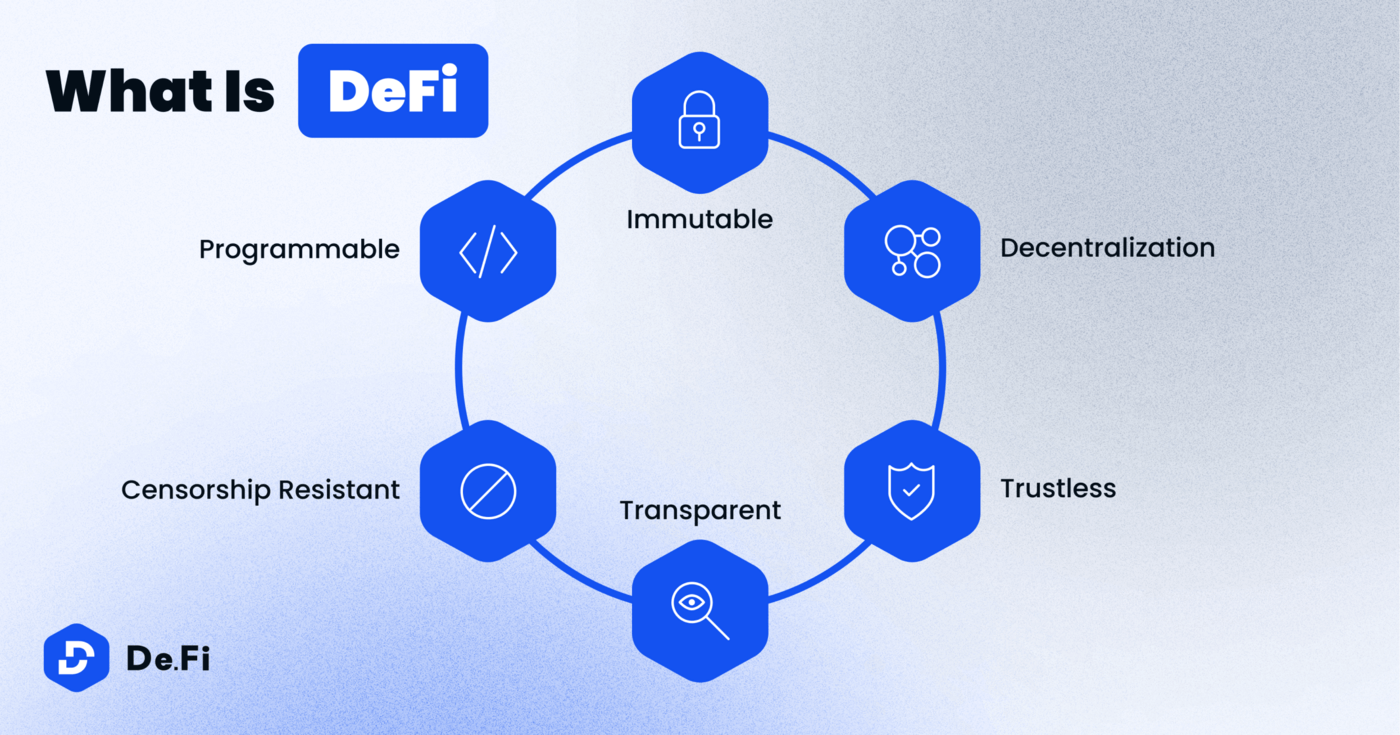
How DeFi Works
DeFi operates through smart contracts that automate processes such as lending, borrowing, and trading. These smart contracts run on blockchain networks, ensuring transparency and reducing costs.
Key Features of DeFi
- Accessibility: Anyone with an internet connection can access DeFi services, promoting financial inclusion.
- Transparency: Transactions and protocols are open-source, allowing users to verify their integrity.
- Security Risks and Innovations: While DeFi has faced security challenges, such as smart contract vulnerabilities and hacking, innovations like multi-signature wallets and insurance protocols are enhancing its safety.
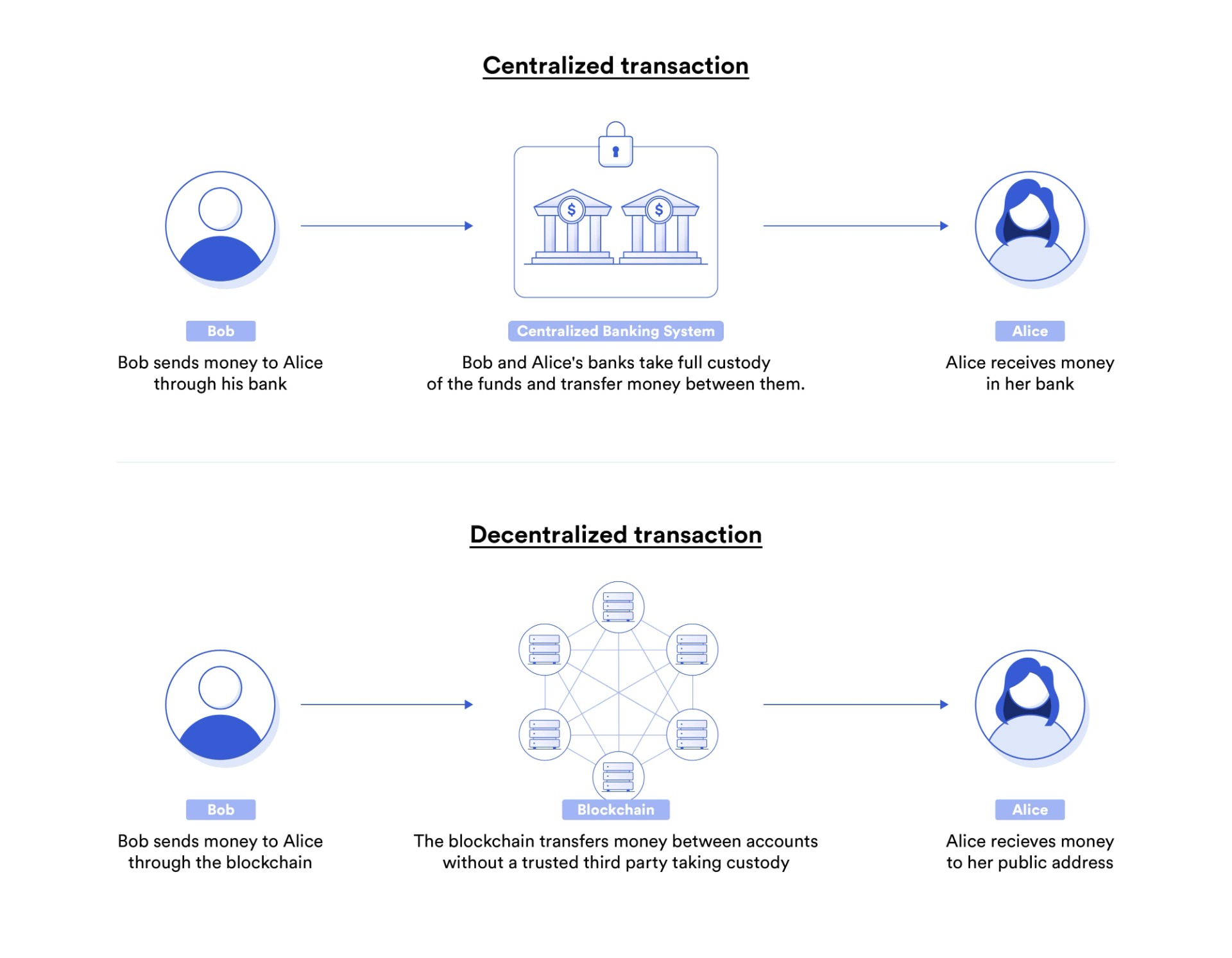
Popular DeFi Platforms in 2025
Platforms like Aave, Uniswap, and MakerDAO continue to dominate, offering a wide range of services such as liquidity pools, decentralized exchanges, and stablecoin issuance.
DeFi is democratizing finance, but its rapid growth also underscores the need for robust security and user education.
The Integration of Blockchain with Emerging Technologies
In 2025, blockchain is no longer a standalone technology; it's deeply integrated with other innovations, creating synergies that drive progress across industries.
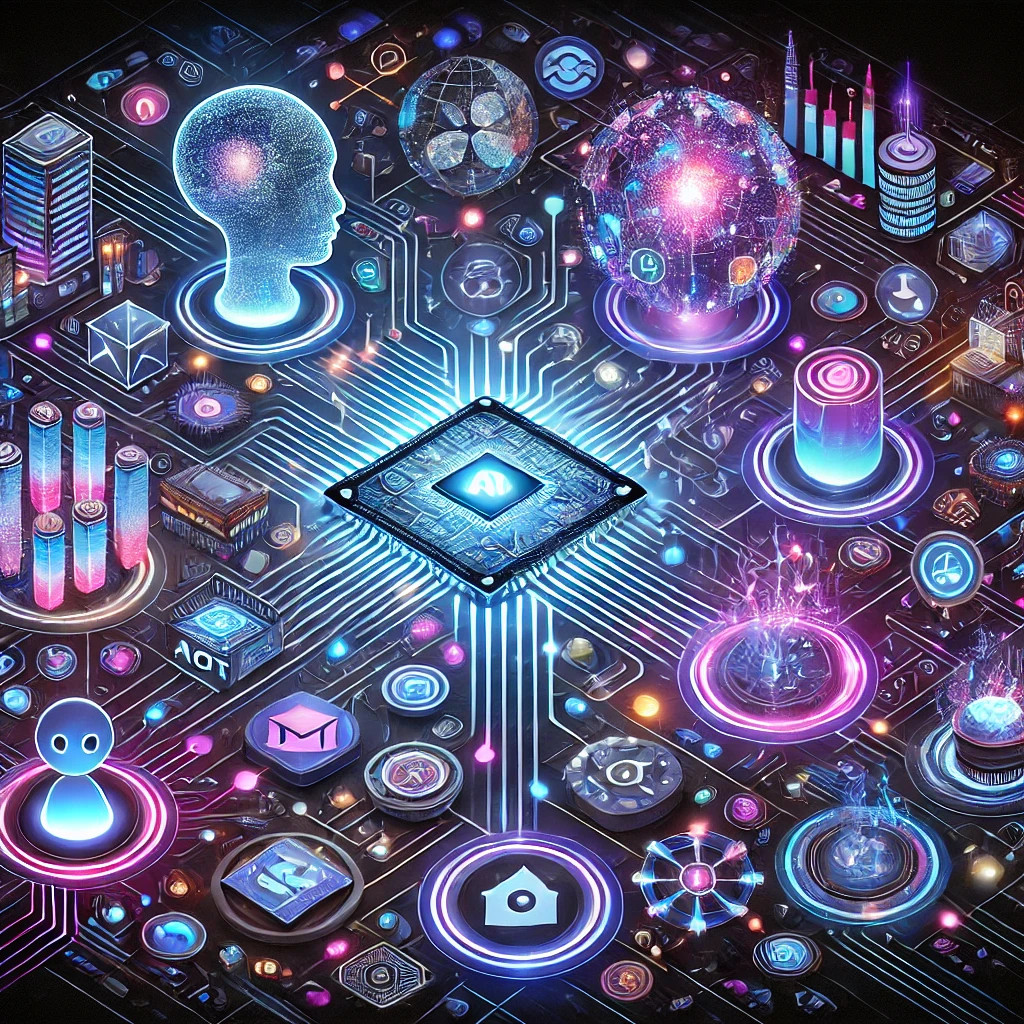
Blockchain and Artificial Intelligence (AI)
Blockchain enhances AI by providing secure and transparent data storage. AI, in turn, analyzes blockchain data to identify patterns and optimize processes.
- Example: Blockchain-based supply chains use AI for predictive analytics, improving efficiency.
Blockchain and the Internet of Things (IoT)
IoT devices generate vast amounts of data, which blockchain securely stores and manages. This integration enhances device interoperability and prevents unauthorized access.
- Example: Smart homes use blockchain to manage device authentication and secure communication.
Blockchain in the Metaverse
The metaverse relies on blockchain for asset ownership, virtual currencies, and decentralized governance. Blockchain ensures transparency and trust within these immersive digital worlds.
- Example: NFTs (non-fungible tokens) allow users to own virtual land, art, and other assets in the metaverse.
The convergence of blockchain with emerging technologies is driving innovation, offering limitless possibilities for businesses and consumers alike.
Predictions for Blockchain's Future

Blockchain's evolution in 2025 offers a glimpse into its transformative potential for the years ahead.
Areas of Growth
- Healthcare: Blockchain will revolutionize patient data management, ensuring privacy and seamless sharing between providers.
- Education: Universities are adopting blockchain for issuing tamper-proof digital credentials and diplomas.
- Logistics: Enhanced transparency and traceability will further optimize global supply chains.
Adoption Trends
As more governments and corporations embrace blockchain, its adoption will become more widespread. Regulatory frameworks are expected to mature, creating a balance between innovation and compliance.
Challenges Ahead
While blockchain's potential is immense, challenges like interoperability, scalability, and public trust must be addressed. Continued collaboration between developers, policymakers, and businesses will be essential.
Conclusion and Call to Action
Blockchain is no longer a futuristic concept—it's a transformative force reshaping how we interact with technology, data, and finance. From its applications in cybersecurity and decentralized finance to its integration with emerging technologies, blockchain's impact is profound and far-reaching.
However, realizing its full potential requires addressing challenges like scalability and regulatory uncertainty. Businesses, developers, and individuals must collaborate to harness blockchain's power responsibly and innovatively.
As we move forward, let this serve as a call to action: whether you're a technologist, entrepreneur, or simply a curious reader, now is the time to explore and adopt blockchain. The future of technology is being written on the immutable ledgers of blockchain—don't get left behind.
